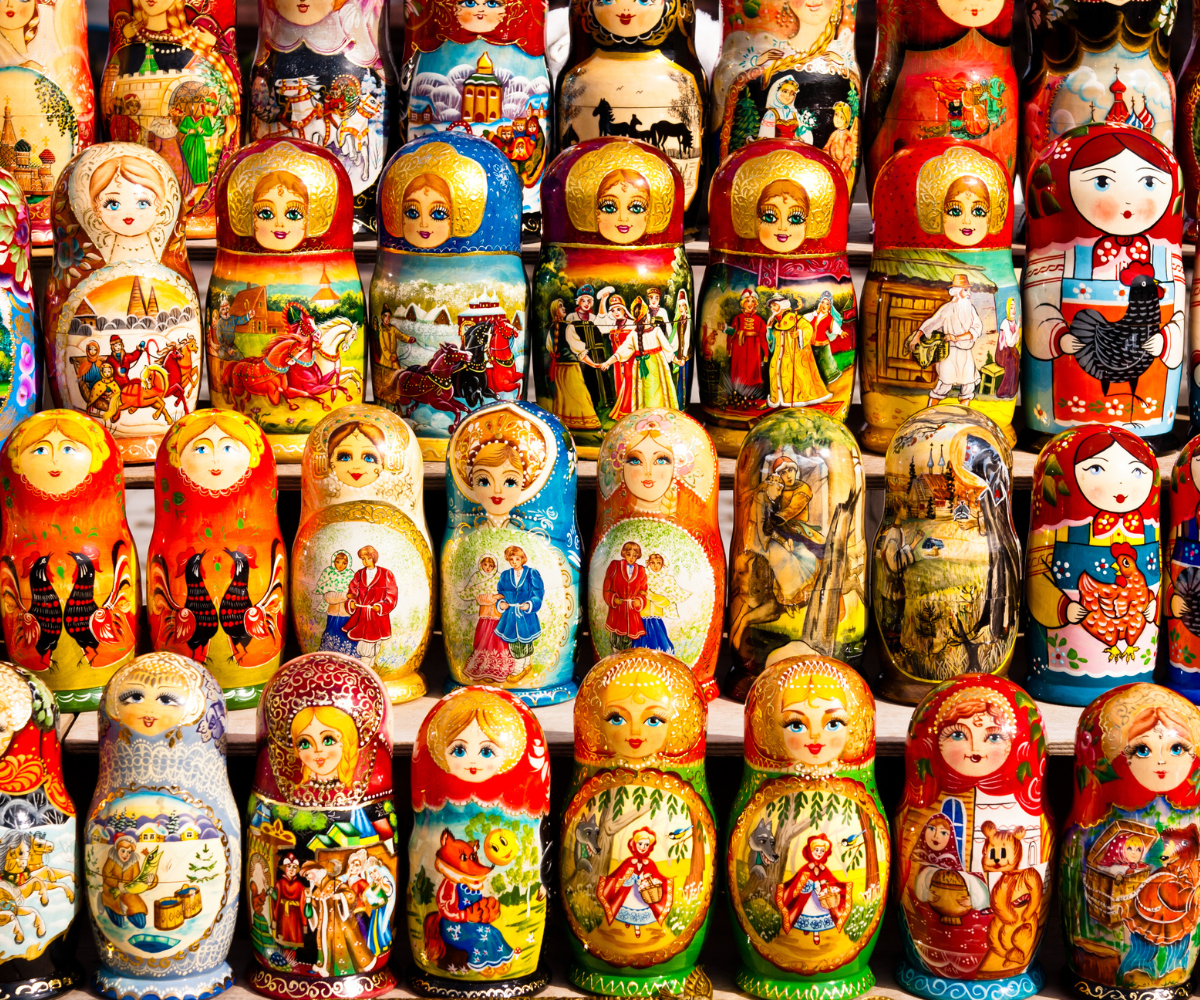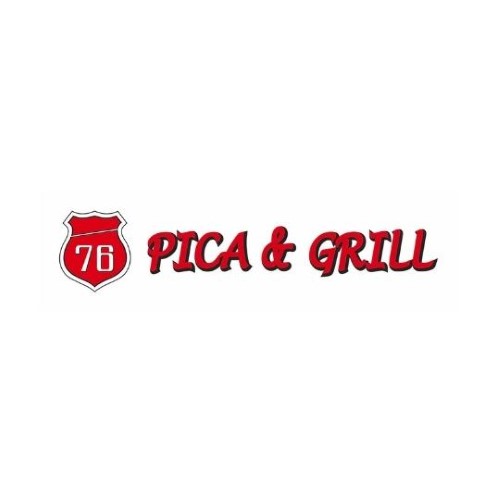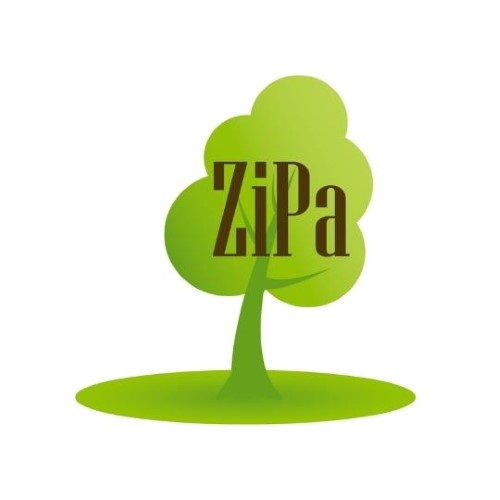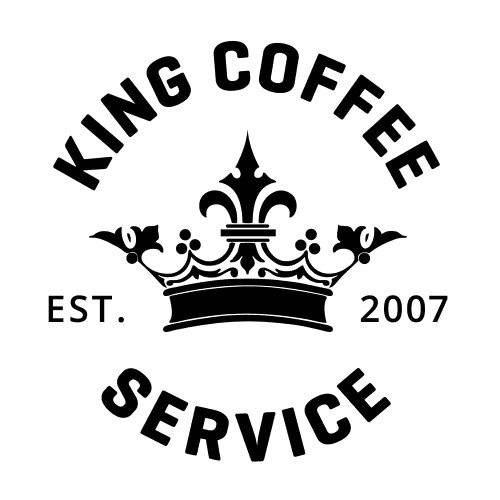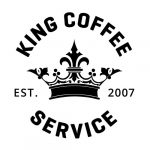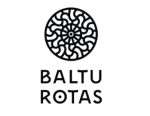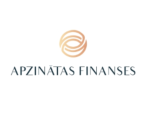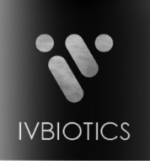When you are considering expanding your business protections to other countries, it is great to have a strategic international trademark plan. Especially in today’s global marketplace, where the distance between countries virtually disappears.
Whether you reach customers in many countries and continents or you manufacture goods in China, having an international trademark can be a valuable, and often a necessary asset to your business.
Your business name and brand may become more desirable as your popularity grows. Registering your trademark in other countries where your products and services are available can prevent other businesses from attempting to confuse buyers by using an identical or similar name and trademark to yours. Also, bad-intentioned companies can try to use your popularity by adopting your name, logo, packages or other brand attributes for their benefits, potentially damaging your reputation through inferior quality or service, and hence reducing your potential for profit.
International trademark system (Madrid System) is created to have a cost-effective and simply manageable trademark solution. It is great in general! But it doesn’t fit all.
What is the International trademark registration?
How to get one?
What are the risks and the benefits?
International trademark registration
The Madrid System for the International Registration of Marks makes it possible to protect a mark in a large number of countries by obtaining an international registration that has effect in each of the designated territories. The Madrid Union currently covers 120 countries, and represent more than 80% of world trade.
Simply saying, International trademark registration is a way to register your trademark internationally without having to go through the process of registering with individual countries.
The international trademark registration system is administered by the World Intellectual Property Organization (WIPO) located in Geneva, Switzerland.
The list of countries in the Madrid System (Contracting Parties) you can find here.
How to get the international trademark registration?
To apply for the international trademark registration, you must meet one of the following requirements:
have a business (i.e., a real and effective industrial or commercial establishment) in a Madrid System country;
or
be domiciled in a Madrid System country
or
be a national of a Madrid System country
and
you must have either applied for or obtained a trademark with the IP Office of that member (i.e., your Office of origin). A basic mark is required before filing an international application for your mark.
In general, your International trademark registration will be managed by your national (or regional) trademark office – the office of origin. The exact procedure is described by the each office of origin.
Benefits of International trademark registration
International trademark registration is convenient:
- file a single application in one language;
- pay one set of fees to apply for trademark protection in multiple territories;
- manage your brand portfolio through a centralised system;
- easy to add new territories to expand protection into new markets;
- easy to deal with notifications and renewals.
International trademark registration is cheaper than filing numerous national trademark registrations.
Risks and deficiencies
International registration means an identical trademark in all the territories. Sometimes businesses need specific designs for different markets. For example, often it is necessary to add (or remove) some elements (words, colours, hieroglyphs, etc.)
The list of goods and services should be identical to the basic registration or specified with the limitation, nothing can be added.
International trademark registration and subsequent registrations are all dependent upon the viability and health of the basic trademark. Which means if your basic trademark is cancelled or lost through the insufficient defence of an attacking in the first five years of the international trademark, the registrations in other countries will be cancelled as well (unless you convert them to national registrations). Therefore, it is essential to ensure that the basic registration remains valid and enforceable.
OUR TIPS
Since the International trademark registration is dependent upon the viability of the basic trademark, I would advise you to make sure the basic registration is stable. For maximum safety, it is better to wait for the opposition period to expire. If this is not possible for some reasons, then it would be great to have the examiner’s decision on registrability. Also, it is important to do a proper prior right search before.
In general, it is safer to base the International trademark on national trademark registration than on the European Trade Mark Registration.
It is essential to know the trademark laws in every country in which you plan to file, whether or not you use the Madrid Protocol application or file directly with each country’s trademark office. For example, in Russia and some other countries, it is almost impossible to register a trademark consisting of only three letters, in some countries you are not allowed to use word BANK in trademark name unless you have permission from regulatory instances.
If your business reaches outside the borders of your country – consider international trademark registration.
If you have questions regarding the international trademark registration, contact us, describing your specific situation.


